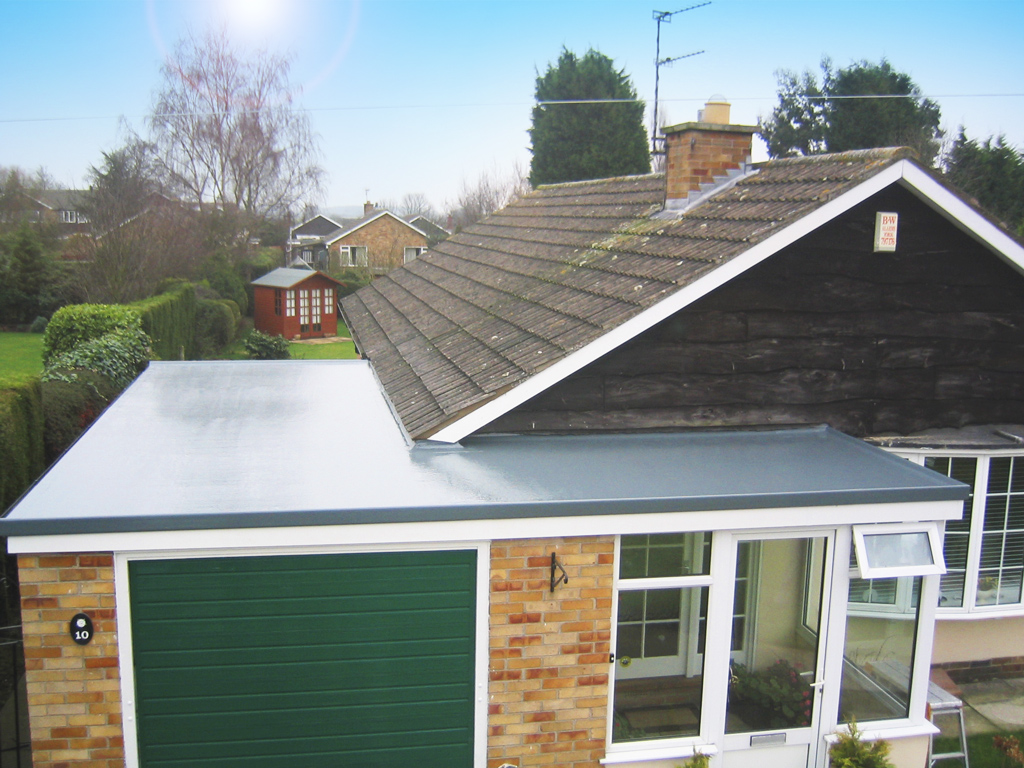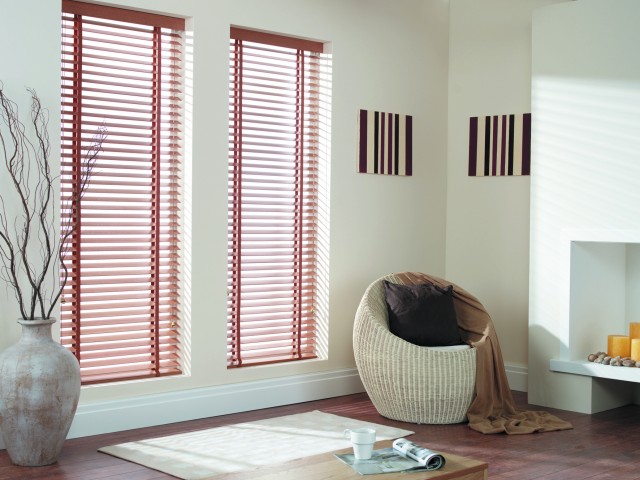Bay windows, porches, garages and outbuildings often have flat roofs. Many show signs of deterioration such as leaks and discolouring after just a few years. Flat roofs may only occupy a small space compared with the main roof of a house but they are usually in a prominent position. Any faults can be seen immediately and may affect the value of the house. This is when glass reinforced plastic (GRP) roofing materials come into their own.
Things to Consider
When installing a new flat roof or replacing an old one, there are several points that have to be considered. The roof must be watertight and sealed, preferably without any joints that could allow water penetration into the house. It should be fire-resistant, a good thermal insulator and comply with local and national building regulations. The roofing material should be resistant to extremely high and extremely low temperatures and also resistant to ultraviolet light so that it does not discolour. Most importantly, householders look for longevity and low or no maintenance.
Bitumen Felt
Roofing made from felt and bitumen has been used traditionally for flat roofs over garages, outhouses and especially the top of bay windows in those places where the material usually cannot be seen from the street. In fact, this material dates from pre-Roman times and is notorious for snapping and melting in extremes of temperature. Exposure to ultraviolent light breaks down the oils in the bitumen (asphalt). When the temperature falls at night, the material simply splits. The bitumen sheets have to be sealed on to joints with a torch by melting. These can become brittle and fail.
EDPM
EDPM (ethylene propylene diene monomer) rubber has become a popular replacement for bitumen felt roofing sheets. This product comes in a wide variety of grades and qualities and is used with outstanding success in sealing doors on vehicles. However, it does not work too well on a flat roof. Often installed by untrained builders, the rubber has to be wrapped around wooden trims and this makes an inefficient seal. This material needs to be glued to the joints and further flashing for seals. On top of all this, it cures in the sun and then stiffens and cracks.
GRP
GRP roofs are seamless, jointless and resistant to ultraviolet radiation. They are also extremely tough and fire-resistant. The roofing material is produced on site in a cold curing process so the householder does not have to worry about flames and fire risks. This helps to keep costs down. The contractor is not subjecting the general public to a fire risk during the installation and so does not have to fund a heavy insurance premium for public liability that is always passed on to the customer. Waterproofing is guaranteed. The edge trims are incorporated into the roof and connected to the down pipes to ensure perfect rainwater removal.
Installed by qualified contractors, these roofing materials can last well over 20 years. The only real consideration is that these roofs must be installed during totally dry weather conditions when temperatures are between 5 and 25 degrees Celsius.




